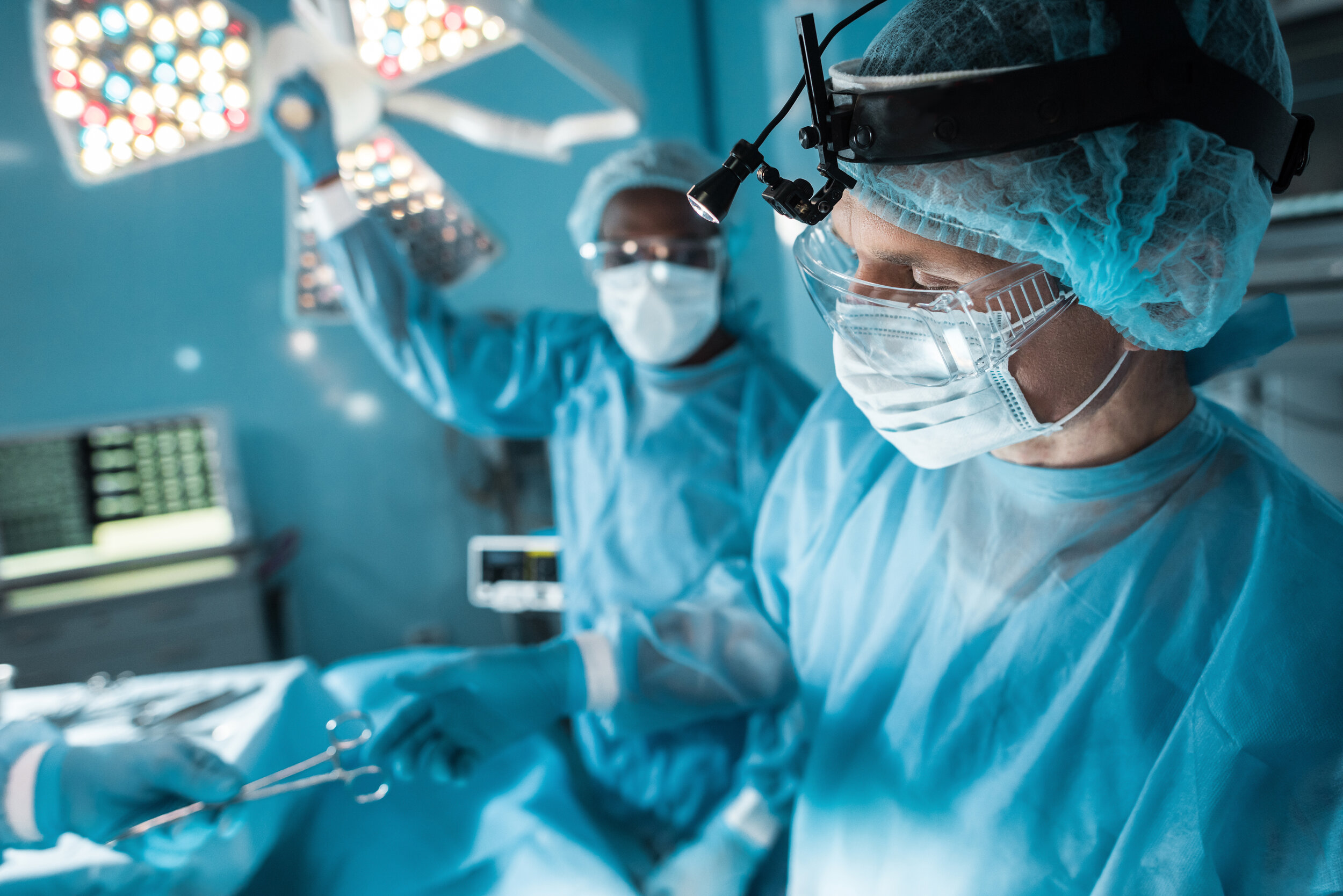Treatments: Sinus Tumors
Treatment primarily involves surgical resection, which can be challenging due to the tumor's location. Additional therapies, such as radiation, may be considered, particularly in cases where complete removal is not possible or if there is a high risk of recurrence. The prognosis for sinus tumors can vary, often depending on factors such as the extent of the tumor.
endoscopic removal of a nasal or sinus tumor
Endoscopic removal of tumors has come a long way in recent years, allowing excellent visualization for the surgeon to obtain complete removal, all through the nostrils. This technique is best for tumors of small to moderate size, localized to an area accessible with endoscopic instruments.
Open excision of a nasal or sinus tumor
In certain circumstances where endoscopic removal is not feasible, performing surgery to remove a tumor through strategically located incisions can yield complete excision, excellent restoration of function, and minimal scarring.
Radiation therapy
Radiation therapy under the care of a radiation oncologist is an effective and one of the standard treatment options for cancers of the sinuses and surrounding areas where a cancer may have spread (such as the lymph nodes of the neck). The radiation machine works like a very fancy flashlight, except instead of shooting photons of light at a target, it shoots electrons. Modern radiation machines have the ability to shoot the electrons from many different angles so that the cancer accumulates the optimal dose and the normal structures around the target (such as the spinal cord or the eyes, for example) get a minimal dose. There is absolutely no radioactivity left in the patient after treatment—it’s not that kind of radiation. A custom mask is made to position you in exactly the same position for every treatment, and once the planning is complete, treatments lasting only about ten minutes each can begin. Treatments are usually once a day (but sometimes two). Monday through Friday, and usually last about six weeks. The first two weeks usually go by without side effects, and then a sunburned reaction on the skin, sinus irritation, and some fatigue set in. This progresses until about two weeks after the radiation is complete and then begins to resolve. The body is just now beginning to ramp up the scar tissue formation, and movement is the only way to prevent long-term stiffness of the throat and neck muscles! Swallowing and range of motion exercises of the jaw and neck throughout and after radiation therapy are essential to prevent irreversible fixation of the neck and throat. Physical therapy and swallowing exercises are highly beneficial in this regard. Scar formation peaks at about 12 weeks from the treatment, so one must continue diligent efforts for several months after treatment. Rinsing the nose and sinuses with saline helps prevent sinus infection and scar formation within the nose and sinuses.
medical therapy
Medical therapy for cancer is administered by a medical oncologist. Several different types of nasal and sinus cancer exist, but the types arising from the surface lining (generally called carcinomas) are most common. For these types of cancer, chemotherapy is sometimes given during (in addition to) radiation therapy to make the radiation more effective. When used together, radiation is usually given five days a week (Monday through Friday) and chemotherapy is given less commonly, such as once per week. Using both chemotherapy and radiation simultaneously is more effective against cancers, but the combination also leads to more side effects. This is the reason combination therapy is recommended only when there is high risk of treatment failure with radiation alone. The usual chemotherapy drug used is either cis-platin or carboplatin, similar chemically and based on platinum in the molecule. Side effects of these platinum-based chemotherapies include nausea, low blood counts, decreased kidney function, and hearing loss and ear ringing (tinnitus). Immunotherapy, on the other hand, is a strategy in which drugs tap into the power of the immune system to kill cancer cells. Immunotherapy is often used after other treatments (such as surgyer, radiation, and/or chemotherapy) are complete and may be continued over extended periods of time.
This page






